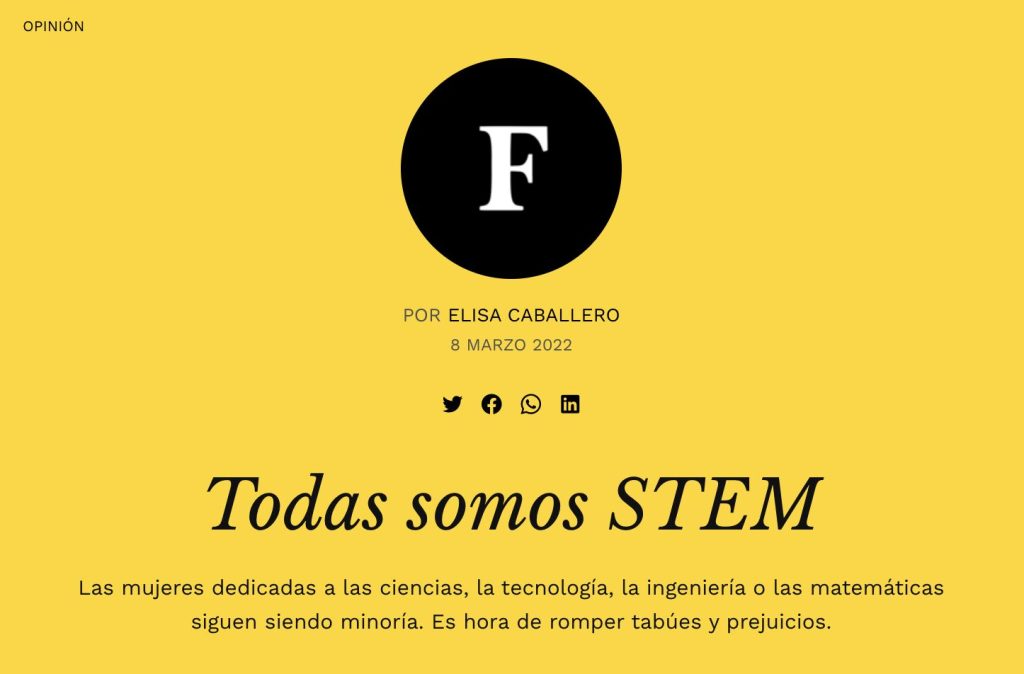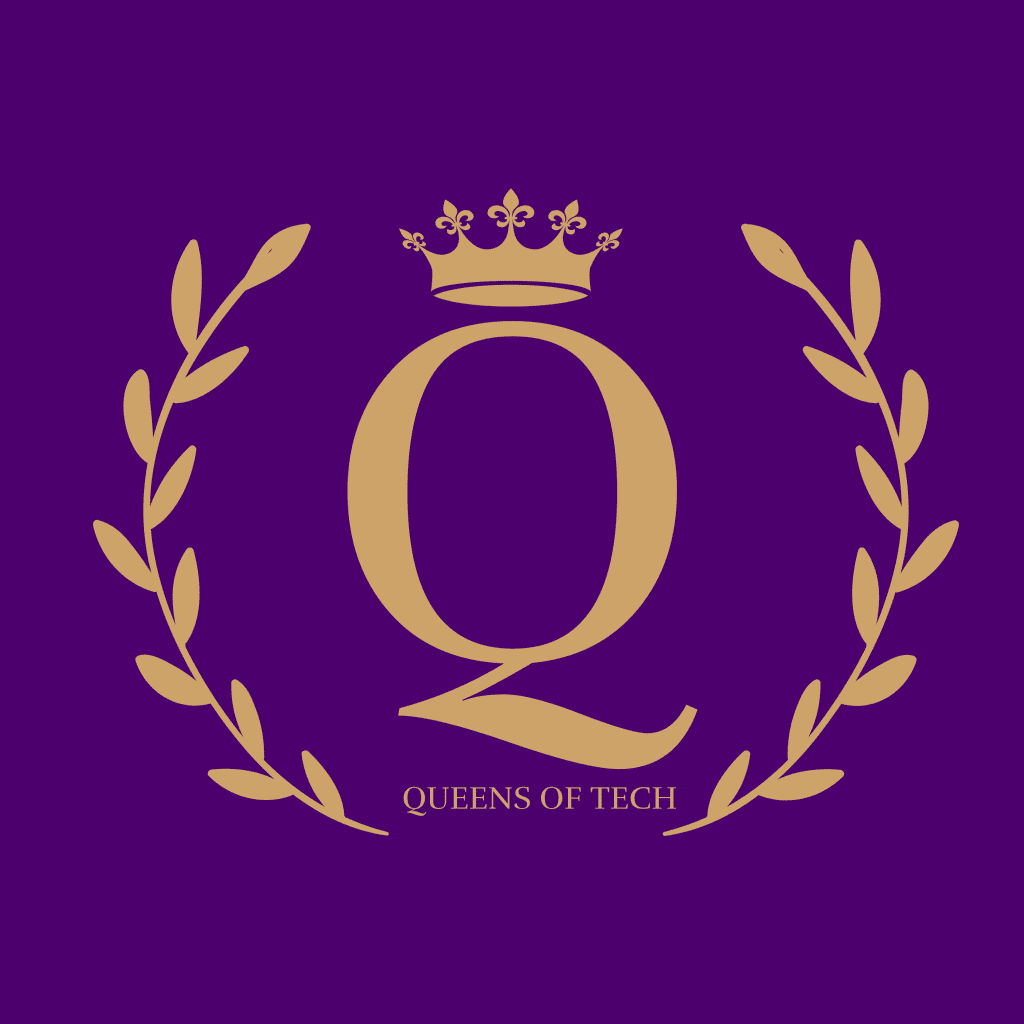
Elisa Caballero “We are all STEM – Women dedicated to science, technology, engineering, or mathematics are still a minority. It is time to break taboos and prejudices”. (Forbes)
Note: Written by help of ChatGPT and manually edited by Jasmine Moradi.
Elisa Caballero “We are all STEM – Women dedicated to science, technology, engineering, or mathematics are still a minority. It is time to break taboos and prejudices”. (Forbes)
Insights
Celebrating DEIB. Representation matters!
Elisa Caballero “We are all STEM – Women dedicated to science, technology, engineering, or mathematics are still a minority. It is time to break taboos and prejudices”. (Forbes)
Breaking Barriers: Fostering Diversity and Inclusion in STEM Fields”
In the article “Todas somos STEM” by Elisa Caballero, the underrepresentation of women in STEM (Science, Technology, Engineering, and Mathematics) fields is discussed. Elisa reflects on her own journey as a woman in the tech industry and how she aimed to break gender barriers and serve as a role model for future generations of women in STEM. She notes that despite some progress, gender diversity in STEM remains a critical issue, with only 35% of students in STEM-related programs being women, and even fewer graduating in engineering and computer science.
Elisa Caballero’s article sheds light on the persisting gender gap in STEM fields. She recognizes the need to go beyond simply breaking the glass ceiling; it’s about strengthening the foundations of diversity, eliminating stereotypes, and fostering early education. The STEM gender gap often widens during adolescence and higher education. To address this, the article emphasizes the importance of debunking misconceptions about STEM careers and promoting the full range of skills and opportunities they offer.
The article underscores that STEM encompasses problem-solving, emotional intelligence, behavior analysis, psychology, and architecture, in addition to coding and algorithms. It’s not just about technical skills but about a diverse set of abilities required to navigate the ever-evolving technological landscape. Moreover, fostering empathy and a desire to make a difference are vital in developing technology that truly benefits society. For example, building applications for people with disabilities or creating innovative solutions for sustainability relies on human qualities and a deep understanding of real-world problems.
In a world characterized by rapid technological advancements, Elisa Caballero’s article highlights the need for women in STEM to bring a human touch to technology. The article concludes with a call to action, emphasizing that it’s not technology that will solve all our problems; it’s the people behind it.
Implications and Solutions: The key implication of this article is the urgent need to promote gender diversity in STEM fields, starting from early education to career development. To address this, society, educational institutions, and businesses must work collaboratively to:
-
Challenge Stereotypes: Encourage young women to pursue STEM interests by debunking stereotypes about the field.
-
Early Education: Promote STEM education and make it accessible to all, emphasizing its diverse and problem-solving aspects.
-
Mentorship: Establish mentorship programs to guide and support women in STEM careers.
-
Career Opportunities: Create opportunities for women within STEM organizations, with a focus on inclusivity and equal pay.
-
Promote Inclusivity: Foster a culture of inclusivity within the STEM community, emphasizing that diverse perspectives lead to better innovation.
In summary, “Todas somos STEM” is a call to empower women in STEM and leverage their skills, knowledge, and unique perspectives to shape a more inclusive and innovative future in technology and science.











